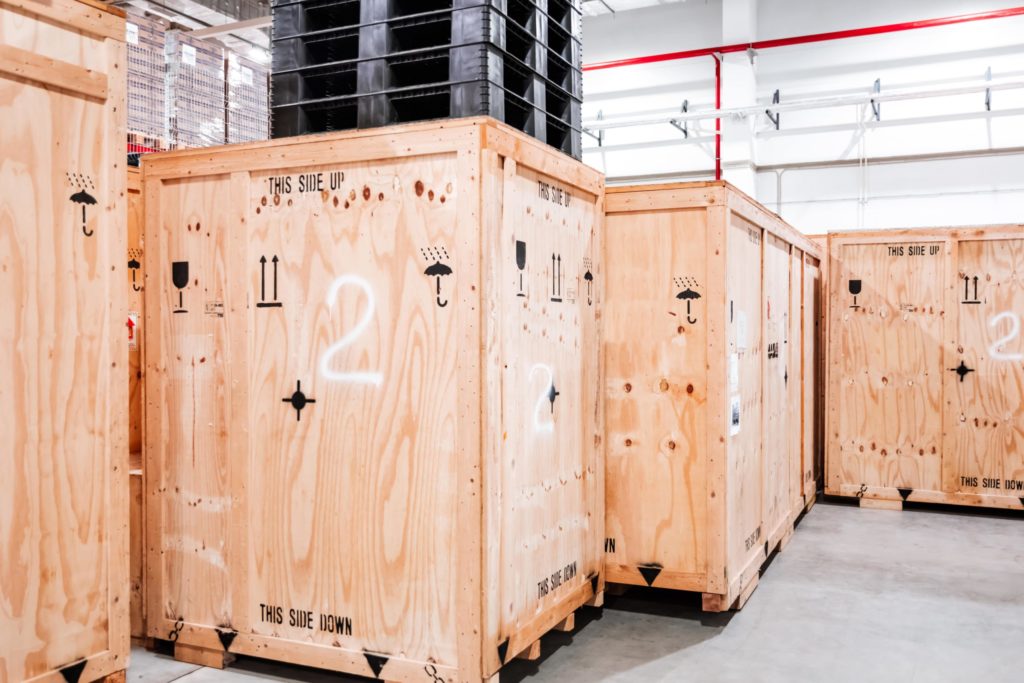When it comes to exporting goods, secure packing is paramount. It ensures the safety of the products during transit, protecting them from damage, contamination, and other potential hazards. In this article, we will explore the top 5 materials for secure export packing, providing you with insights to make informed decisions for your shipping needs.
Importance of Secure Export Packing
Secure export packing is crucial for the safe and efficient transportation of goods. It protects products from environmental conditions, physical damage, and ensures compliance with international shipping regulations. Proper packing is essential to avoid unnecessary delays, additional costs, and potential loss of goods.
Top 5 Materials for Secure Export Packing
When selecting materials for export packing, it’s essential to consider the nature of the goods, the mode of transportation, and the environmental conditions they will encounter. Here are the top 5 materials that are widely used for secure export packing:
1. Wooden Crates
Wooden crates are a popular choice for shipping heavy and bulky items. They are sturdy, durable, and can withstand the rigours of long-distance transportation. When using wooden crates, it is essential to ensure they are treated to prevent the spread of pests and diseases. Wooden crates offer excellent protection and are often used for industrial equipment and machinery.
2. Corrugated Cardboard Boxes
Corrugated cardboard boxes are versatile and suitable for packing a wide range of products. They are lightweight, cost-effective, and recyclable. At the same time, corrugated cardboard is more durable than regular cardboard. The fluted layers provide cushioning, protecting the contents from shocks and impacts. Corrugated cardboard is also sustainable, making it a preferred choice for eco-conscious businesses.
3. Foil Packing
Foil packing is ideal for protecting sensitive products like electronics from static, moisture, and dust. It creates a barrier against environmental conditions, ensuring the integrity of the products during transit. Foil packing is especially crucial for products sensitive to humidity and contamination.
4. Plastic Containers
Plastic containers are durable, waterproof, and resistant to chemicals. They are suitable for transporting liquids, perishables, and products that require airtight sealing. Plastic containers are reusable and easy to clean, making them an eco-friendly option. They are often used for food items, chemicals, and pharmaceutical products due to their versatility and durability.
5. Protective Packaging Materials
Bubble wrap, foam inserts, and air pillows are essential for cushioning and protecting fragile items. They absorb shocks and vibrations, preventing any damage or breakages during transportation. These materials are indispensable for securing delicate items like glassware and electronics, ensuring they reach their destination intact.
Choosing the Right Packing Material
Selecting the appropriate packing material is crucial for the safety and security of the goods. Consider the weight, dimensions, fragility, and value of the products, as well as the environmental conditions they will be exposed to. Additionally, compliance with international shipping regulations and standards is vital to avoid legal issues and ensure smooth transit.
How We Can Help
At John Pipe International, we have been diligently providing export services for sixty years. Whether you’re shipping overseas or packing dangerous items, our team is on hand to assist with the logistics of your project. We offer bespoke packing and freight solutions tailored to your needs, maintaining a consistently high standard of work. To find out more about our services or get a quote, simply get in touch.
Conclusion
Secure export packing is fundamental for the successful transportation of goods. By choosing the right materials and packing methods, you can ensure the safety and integrity of your products, while also complying with international regulations, and avoiding unnecessary costs and delays. Whether you opt for wooden crates, corrugated boxes, foil packing, plastic containers, or protective packaging materials, it’s always best to make informed decisions based on the nature of your goods and shipping requirements.
FAQs
Q: What is export packing and why is it essential?
A: Export packing involves carefully preparing items for international shipment, using materials and techniques that protect goods from damage during transport. It’s essential for ensuring products arrive in perfect condition, complying with international regulations.
Q: What are export packing crates, and how do they improve shipping safety?
A: Export packing crates are sturdy containers designed to protect goods during long journeys. They enhance shipping safety by offering robust protection against impacts, vibrations, and environmental factors.
Q: What types of export wrapping materials are recommended?
A: Recommended export wrapping materials include bubble wrap, shrink wrap, and corrosion-inhibitor films. These materials provide cushioning and protection against moisture, dust, and other potentially damaging elements.

